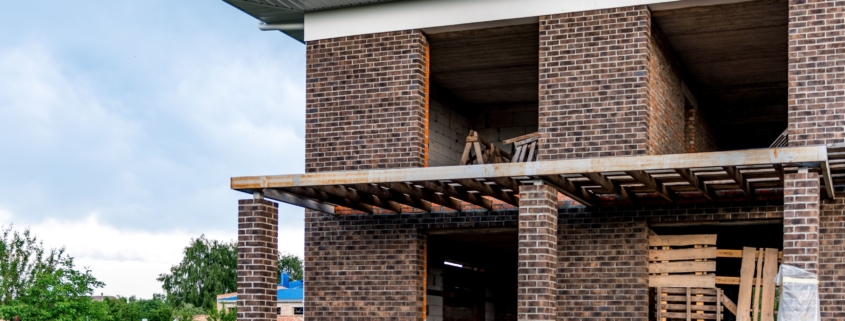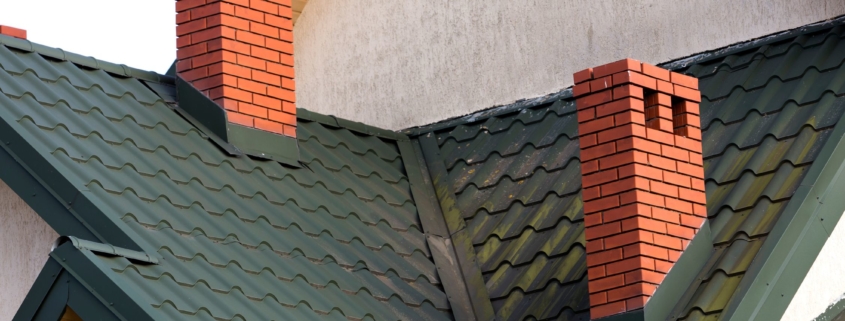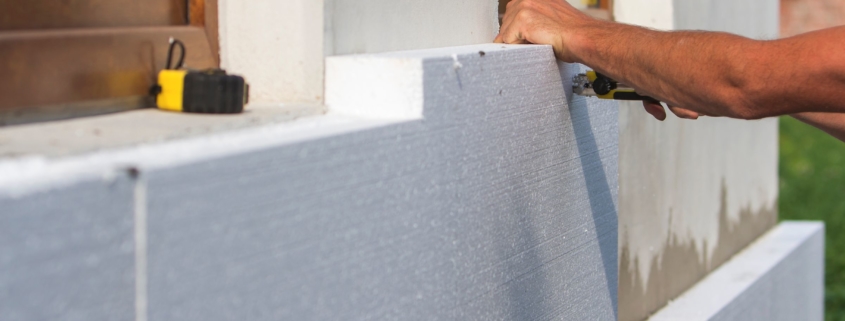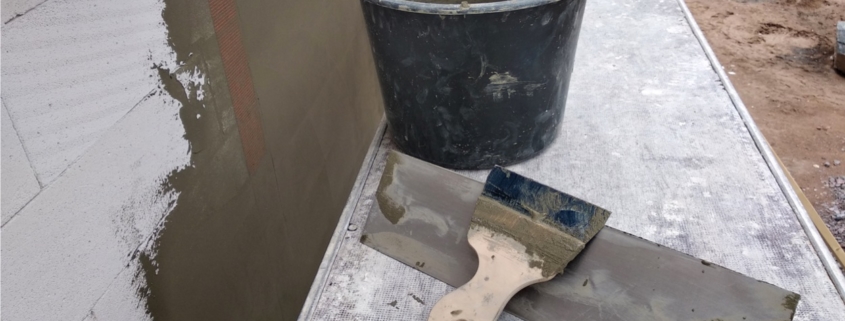Masonry structures, such as brick and stone walls, are often known for their beauty, durability, and strength. However, like any other type of construction material, they can be susceptible to water damage, which can negatively impact their structural integrity, appearance, and function. When left unchecked, water can infiltrate masonry, leading to a host of issues, such as efflorescence, spalling, cracking, and even mould growth. Therefore, effective prevention, detection, and repair of water damage in masonry are crucial for maintaining your property’s aesthetic appeal and ensuring its longevity.
In this comprehensive guide, we will examine the common causes and consequences of water damage in masonry and discuss the various strategies and solutions available for protecting and preserving your masonry structures. We will delve into preventive measures, early signs of water infiltration, and effective repair techniques, highlighting the importance of partnering with an experienced and reliable masonry contractor like Red Robin Masonry.
With their expertise and dedication to delivering exceptional masonry services, Red Robin Masonry can guide you through the complexities of combating masonry water damage in your home or property. Read on to learn more about this vital topic and discover how our team of professionals can help you safeguard and restore your masonry structures, ensuring they continue to serve you well for many years to come.
Common Causes and Consequences of Masonry Water Damage
Understanding the causes and consequences of water damage in masonry structures is crucial for implementing appropriate preventative measures and planning timely repairs. Some common causes and consequences include:
- Freeze-thaw cycles: Water can seep into masonry pores and cracks, and when it freezes, it expands, causing the masonry to weaken or crack. Over time, repeated freeze-thaw cycles can lead to spalling or further structural damage.
- Efflorescence: Water-soluble salts present in masonry materials or groundwater can be drawn to the surface when water infiltrates the masonry. As the water evaporates, these salts crystallize, forming a white, powdery residue known as efflorescence.
- Mould and mildew growth: Excess moisture within masonry can promote the growth of mould and mildew, which can pose health risks and cause unpleasant odours or staining.
- Deteriorating mortar joints: Water can weaken mortar joints, leading to further water penetration and potentially compromising the overall stability of the masonry structure.
Preventing Water Damage in Masonry Structures
Implementing proper preventive measures can significantly reduce the risk of water damage in your masonry structures. Some key steps to consider include:
- Proper construction and design: Ensuring that proper construction techniques and materials are used during the initial building process can help reduce the likelihood of future water infiltration.
- Regular maintenance: Routinely inspecting your masonry structures for signs of damage and addressing minor issues promptly can prevent more significant problems and water damage down the line.
- Water repellents: Applying a high-quality masonry water repellent can help provide a protective barrier against moisture penetration, preventing the masonry from absorbing water.
- Drainage and landscaping solutions: Implementing effective drainage strategies and landscaping that slopes away from your masonry structures can help redirect water and prevent it from pooling near or penetrating your walls.
Detecting Signs of Masonry Water Damage
Early detection of water damage in masonry structures is essential to prevent further issues and minimize repair costs. Be vigilant for the following indicators:
- Efflorescence: White, powdery residue on the surface of masonry can signal excess moisture within the structure.
- Spalling: Flaking, chipping, or crumbling of brick or stone surfaces can indicate water damage.
- Cracks or gaps in mortar joints: Unattended cracks or gaps in mortar joints can allow more water to seep into the masonry and exacerbate water damage issues.
- Damp or discoloured patches: Wet or discoloured areas on walls, especially after rain, may point to water infiltration within the masonry structure.
Repairing and Restoring Water-Damaged Masonry Structures
Addressing water-damaged masonry will depend on the extent of the damage and the specific issues present. A skilled masonry contractor like Red Robin Masonry can assess your needs and devise a tailored repair strategy, which may include:
- Tuckpointing: Replacing deteriorated mortar joints with new mortar can help restore the structural integrity and prevent further water infiltration.
- Replacing damaged bricks or stones: Severely damaged bricks or stones may need to be replaced with matching materials to ensure structural stability and aesthetic consistency.
- Masonry cleaning and sealing: Cleaning the masonry surface and applying a water repellent can help restore its appearance and protect against future water damage.
- Addressing drainage and landscaping issues: Repairing or implementing effective drainage solutions and modifying the landscape to direct water away from masonry structures can prevent further water damage.
Conclusion
Protecting and maintaining the beauty and longevity of your masonry structures requires a proactive approach to water damage prevention, timely detection of potential issues, and expert repair and restoration solutions. Red Robin Masonry, with its skilled team of professionals, is dedicated to helping you preserve and restore your masonry structures, ensuring they remain resilient and visually appealing for years to come.
Don’t let water damage undermine the value and integrity of your masonry investment. Contact Red Robin Masonry today to discuss your water damage concerns, and let our team of experienced artisans provide you with the expert guidance, craftsmanship, and diligent service necessary to safeguard and rejuvenate your property. Book your waterproofing service in Toronto now.





